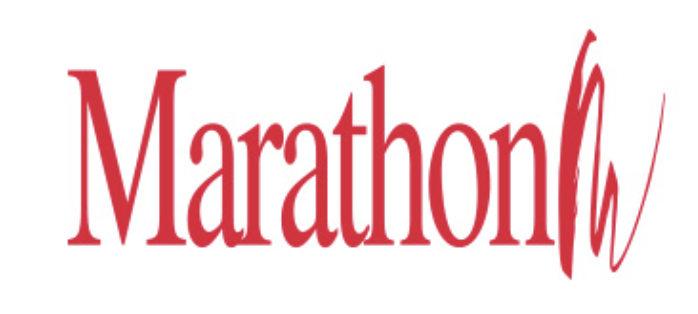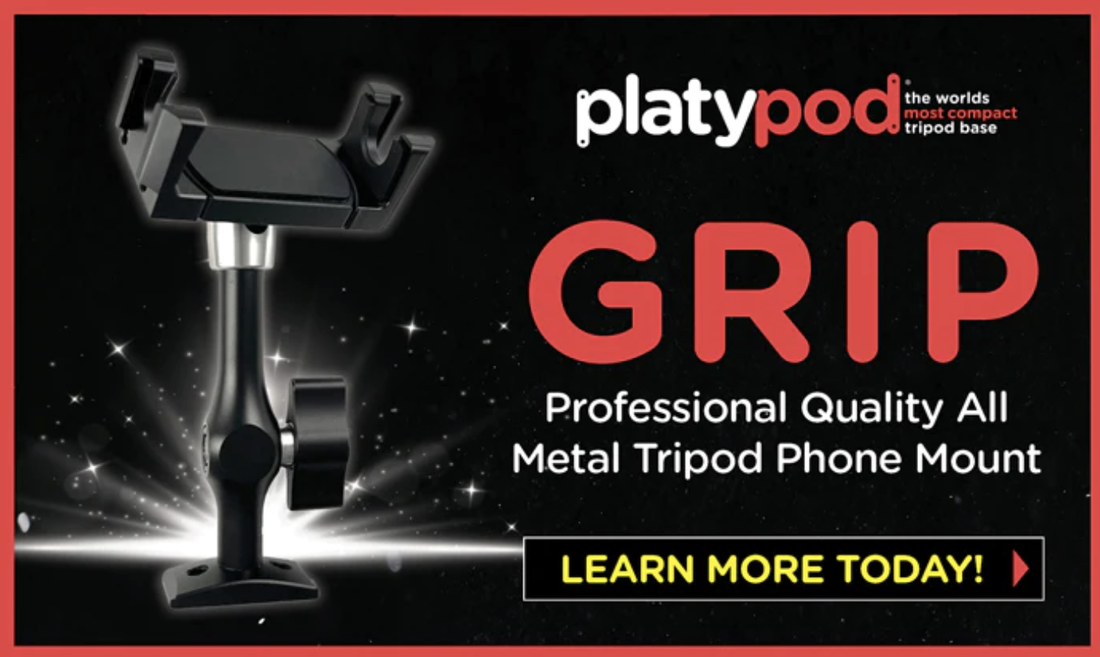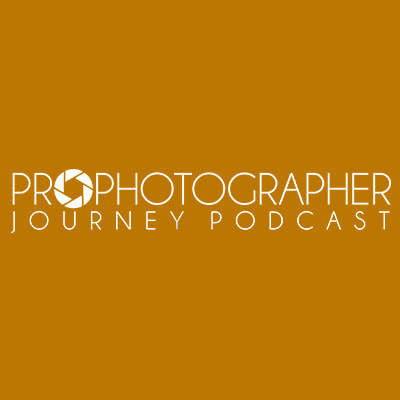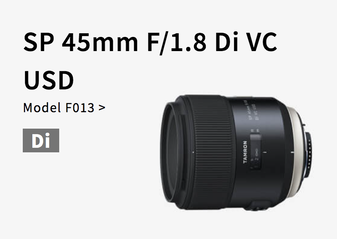 Intro by Chamira Young As our economy opens up across the nation, it's fun to see music concerts come back. There's nothing more thrilling than the vibe and energy of people coming together to unify behind a great musical artist. And if you're the photographer, you get the extra thrill of documenting the event! That's why we get such a kick out of sharing photographer Andrew Dobin's work today. You'll get a glimpse into how he takes stunning concert photos that are downright breathtaking. You'll feel like you've got the best seats in house! Using his trio of lenses - the SP 45mm F/1.8 VC prime, SP 70-200mm F/2.8 VC G2, and SP 15-30mm F/2.8 VC G2 wide-angle - he's able to capture crisp, dynamic photos. Click on any of lens images to learn more about them. Check out the post below and learn about his evolution as a visual artist, as well as his creative process. You're sure to be inspired! By Jenn Gidman Images by Andrew Dobin Andrew Dobin’s entry into photography was a somewhat unusual one. After studying earth sciences at the University of Minnesota, Andrew went on to work in software support. “I enjoy the challenge and helping people,” he notes on his website. But five years ago, while listening to a motivational speech one day during a run, Andrew was suddenly inspired to take the photography he’d dabbled in to the next level. Today, Andrew shoots everything from engagement sessions and weddings to senior portraits, family photos, and sports. But concert photography has become his passion, and you’ll often find him at the Armory in downtown Minneapolis, where he’s taken photos of such artists as Katy Perry, Lizzo, singer-songwriter Anderson East, and Dutch DJ Martin Garrix. “Truth be told, even though I love music, I’d only been to two or three concerts in my life before I started photographing them,” Andrew says. “I didn’t know what to expect, which in retrospect was a gift—I didn’t fully realize how much work would be involved, so it didn’t scare me away.” Andrew uses a trio of Tamron lenses for his concert photos: the SP 45mm F/1.8 VC prime, SP 70-200mm F/2.8 VC G2, and SP 15-30mm F/2.8 VC G2 wide-angle. “The 45mm is the workhorse I use when I’m at stage level or right up in the pit,” he says. “I know what my framing is going to be with that lens. When I want a closer, more intimate shot of a performer’s face or the drummer seated at the back of the stage, I’ll pull out the 70-200mm, as it has the reach I need. The 15-30mm lens, meanwhile, helps make some of my images look more epic by allowing me to capture the crowds, or the entire expanse of the stage all lit up. The fast apertures on all three lenses also help me shoot in the low-light situations I often find myself in.” Before he heads to a show, Andrew will watch clips on YouTube and other social media platforms of recent performances by that particular artist. “That helps me get a sense of what they might do during the show I’m photographing,” he says. “And I won’t just watch the lead singer—I’ll check out what the members of the band are doing, too, because maybe there’s a point in a song where one of them does something unique, like a jump in the air, that would be terrific to capture.”
If he has some leeway on where he can stand, Andrew prefers to be off slightly to one side of the stage, rather than smack in the center in front of it. “There are only so many straight-on images of someone singing into a microphone that you can capture,” he says. “By positioning myself on one side, it allows me to see more of who and what is on the stage, as well as to capture movement. In terms of distance from the stage, I tend to favor about halfway between the soundboard and the stage, or maybe a bit further back. From that sweet spot, the 15-30 lens allows me to capture most of the stage, if not all of it, but still get all the detail that I want.” Read the rest of the post.
0 Comments
Your comment will be posted after it is approved.
Leave a Reply. |
Our Partners"Why?"Check out "Why?" one of the most popular features on the SCU Blog. It's a very simple concept - one image, one artist and one short sound bite. Each artist shares what makes the image one of their most favorite. We're over 100 artists featured since the project started. Click on the link above and you can scroll through all of the episodes to date.
Categories
All
|
© 2019 Skip Cohen University

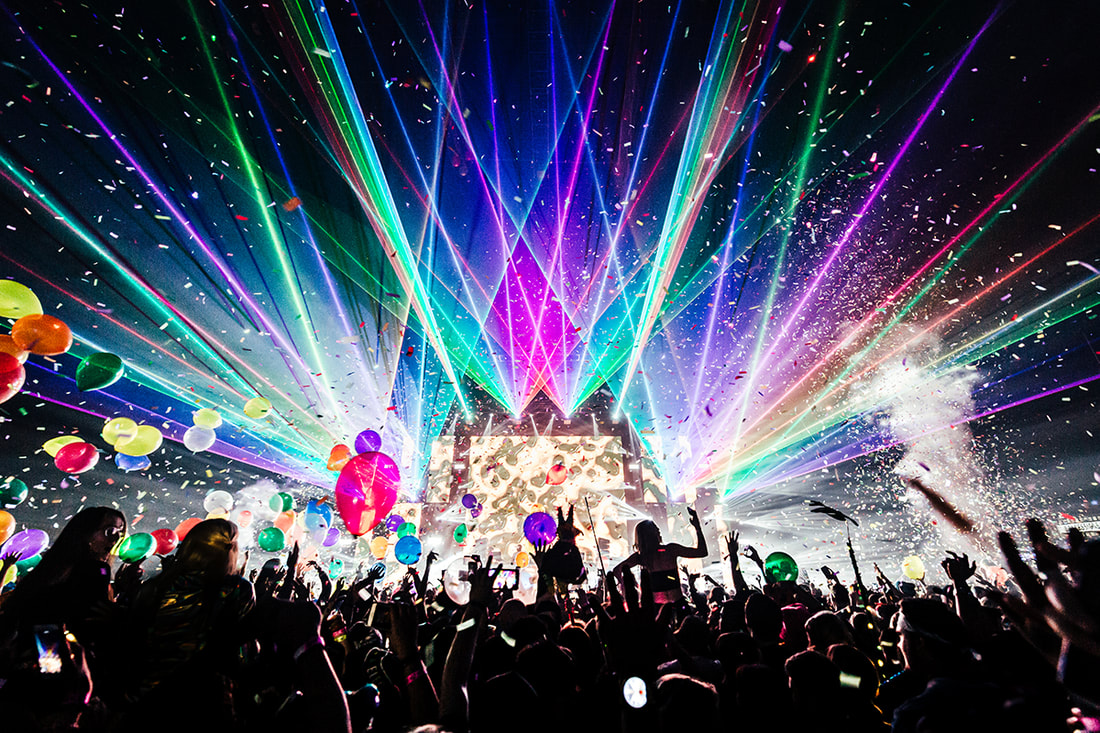
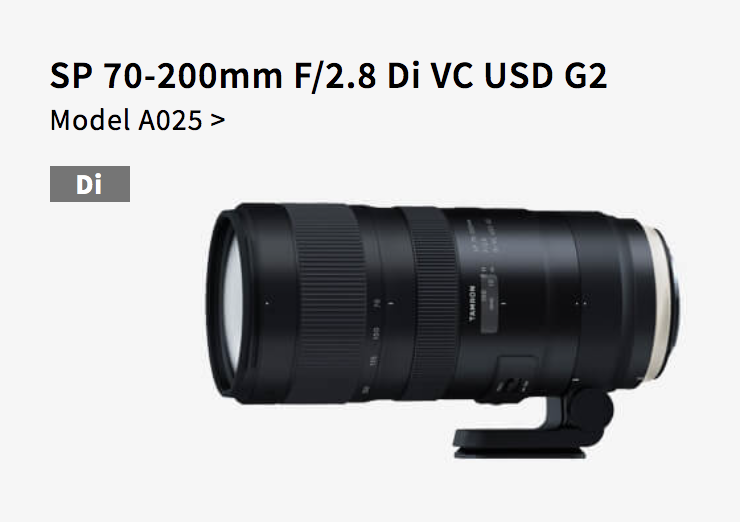
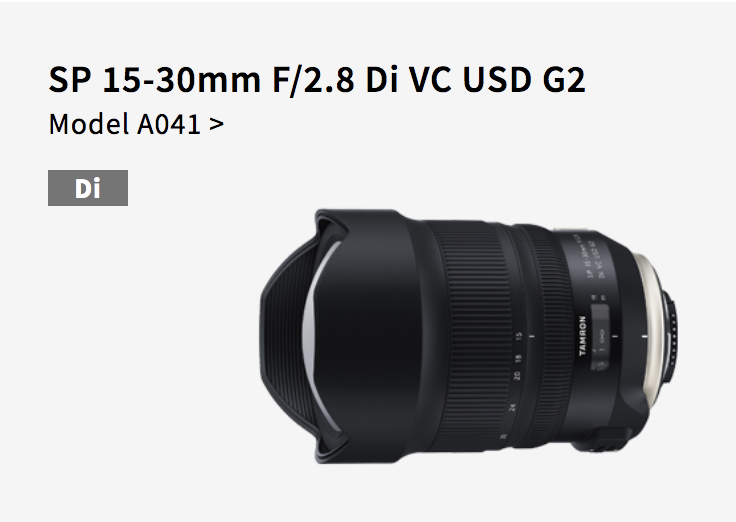
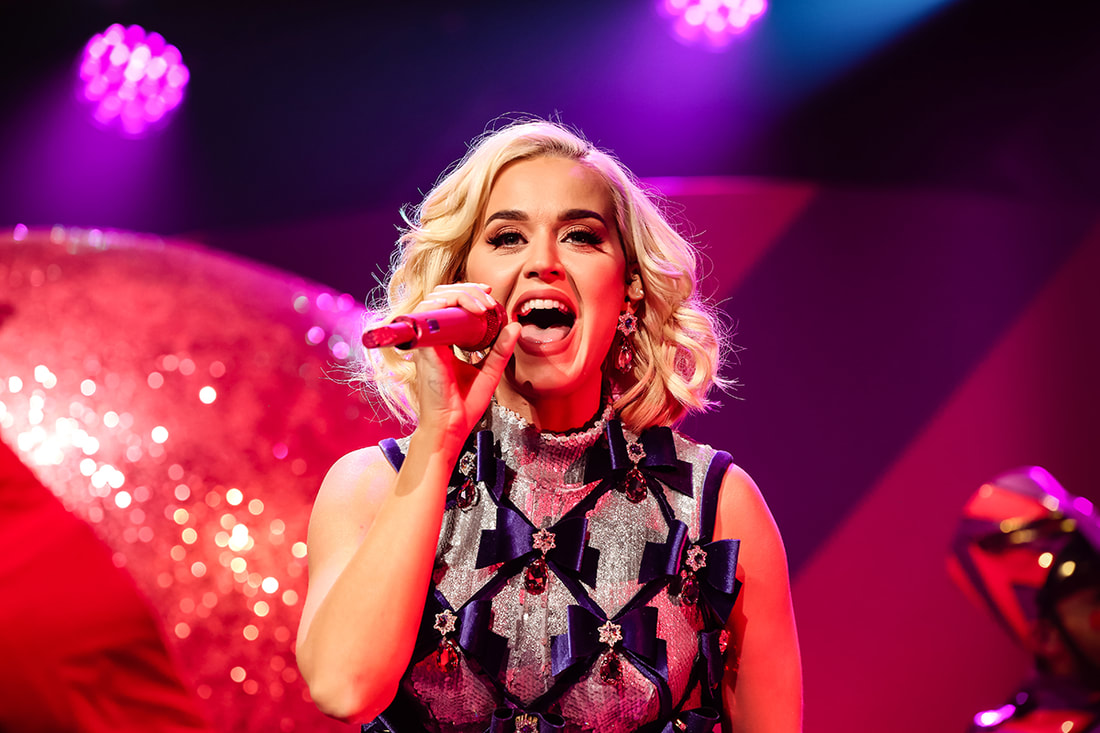
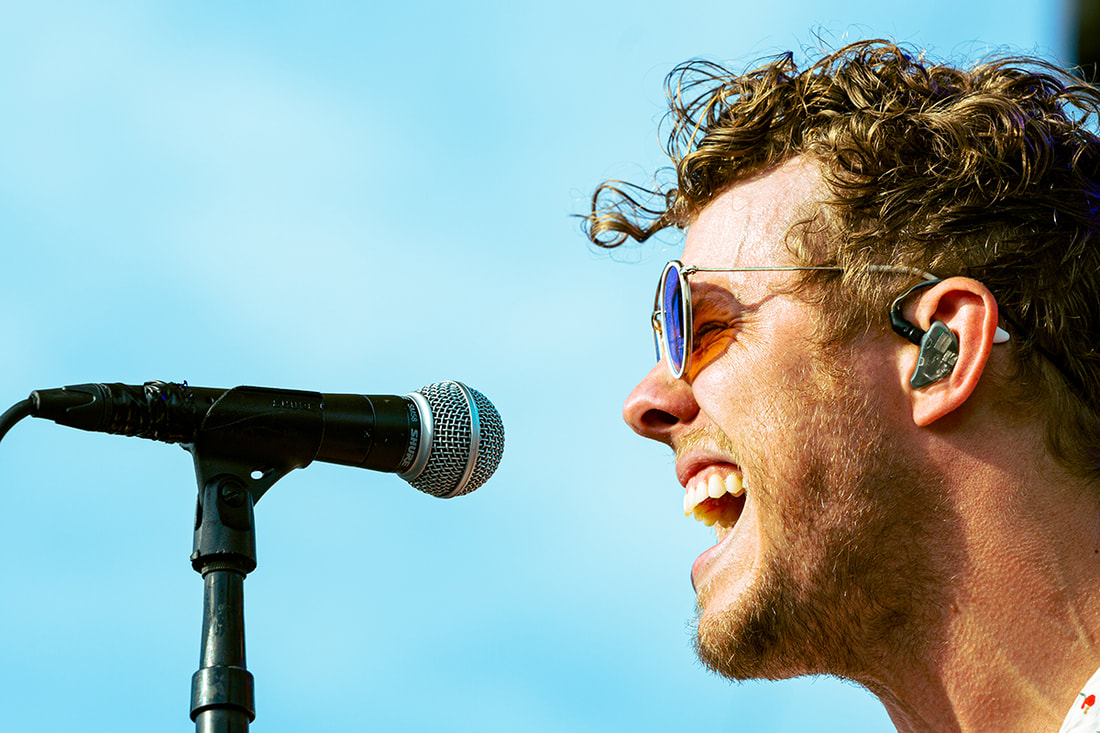
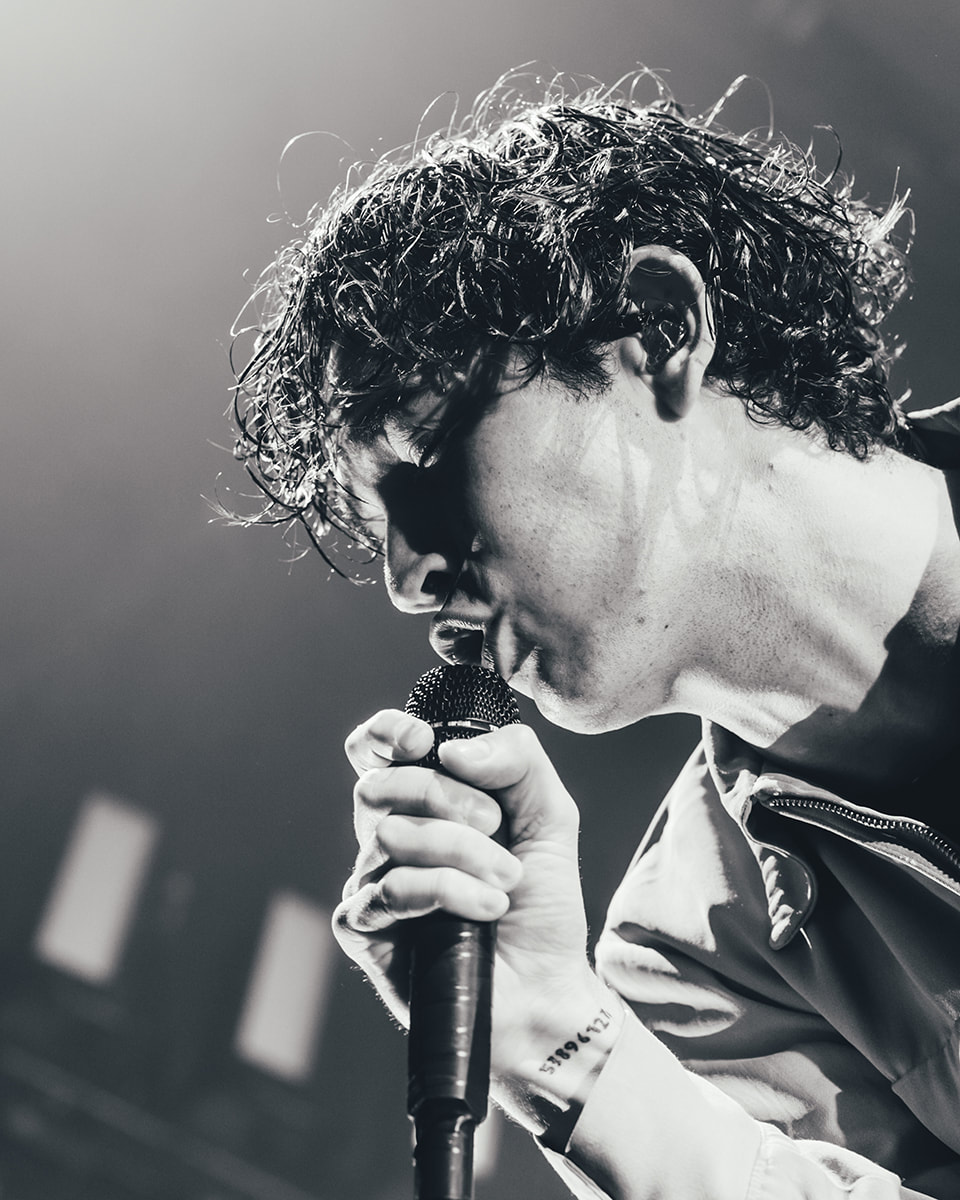
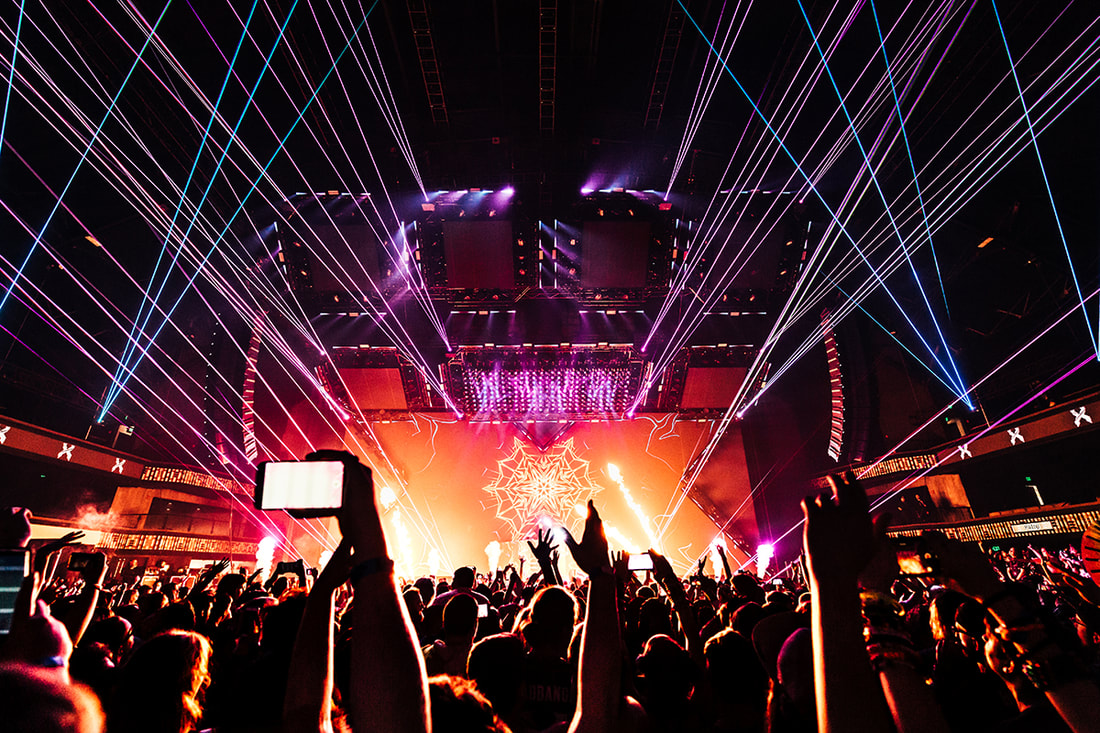
 RSS Feed
RSS Feed

